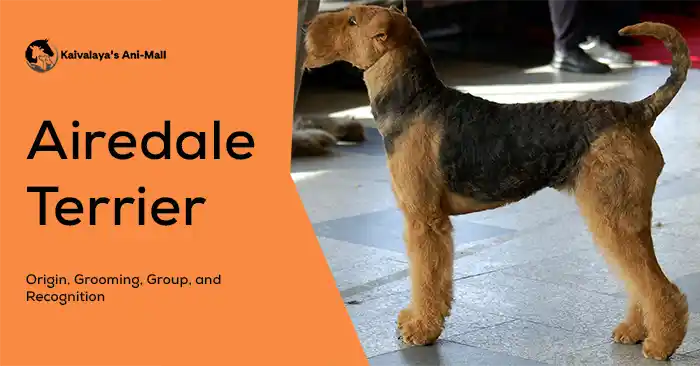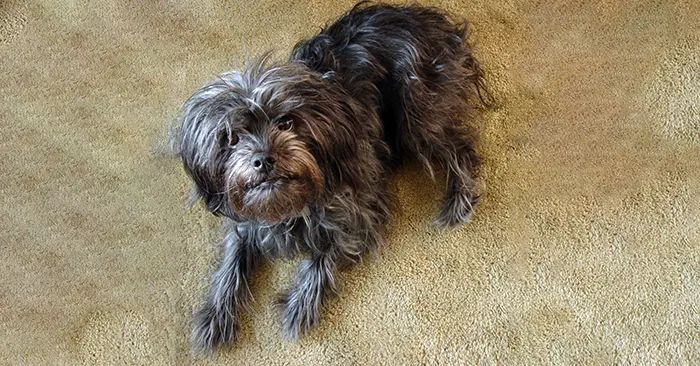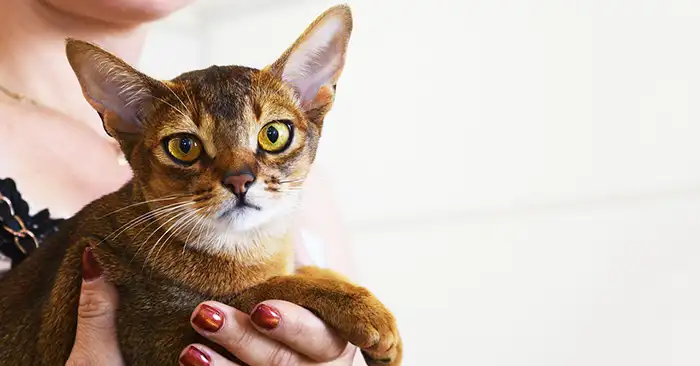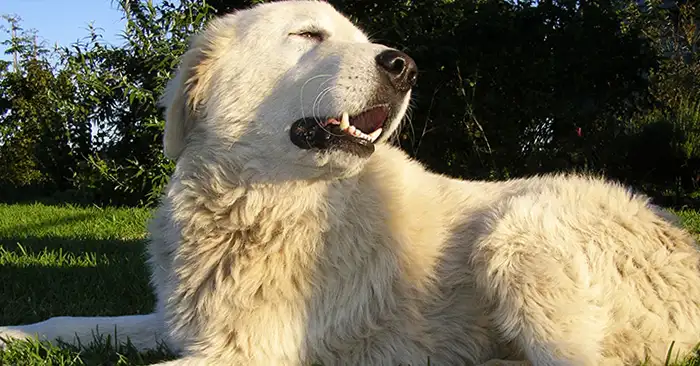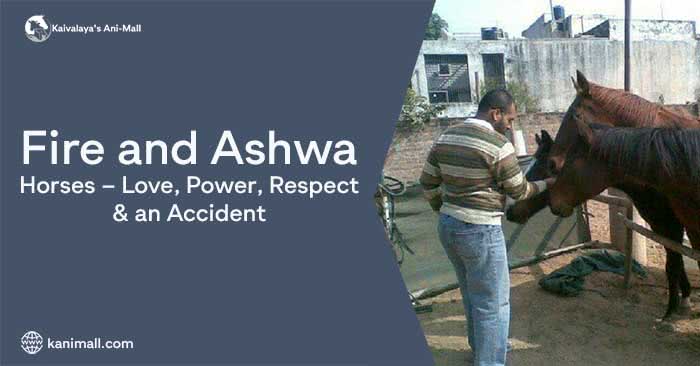Hello Readers! Welcome to the series of dog breeds by Kaivalaya’s Ani-Mall. In our previous post, we have provided a brief account of the history of the origin of Afghan hound to you. In this post, we will give a brief account of the standardization of the Afghan hound.
Do you know that there are three different strains of Afghan hound today? All are known by different names and belonged to different regions of Afghanistan and adjoining lands. Later two of these were fused and new standards of Afghan hound were written in 1948. This and many more interesting facts are here about Afghan hound so enjoy.
History of drawing standard for Afghan hound

The story of drawing the modern standards of the Afghan hound is also very interesting. It was actually initiated by returning British administration officers and army officers from colonial India. As the land of the birth of many native breeds, the Indian subcontinent held numerous dog breeds native to it. British administrative officers and army officers took some native breeds and started showing those dogs in different dog shows across the country. Some of these dogs were taken from the region of Afghanistan and Persia. These dogs resembled modern-day Saluki and a long hair version of Saluki. Both of these breeds were shown as new breeds and were given the name of ‘Persian Greyhound’ to distinguish them from the native dog breed of Britain the English Greyhound.
Earliest show appearance of the Afghan hound

One of the earliest dogs to have represented the Afghan hound known as Persian hound at that time in Britain goes by the name ‘Zardin’ or ‘Zardino’. A British army officer Captain Bariff returned to Britain in 1907 and brought this dog with him. He presented this dog in a ‘Kennel Championship Show’. Zardin won the foreign breed category with flying colors. This dog was the first ever reference to write down the standards for the Afghan hound in 1912.
Later in 1920, the Afghan ruler, King Amanullah gave as gifts to various royal counterparts in Britain as gifts. It is believed that these dogs were used as the foundation breeding stock for the development and popularization of the Afghan hound. But this stock didn’t contribute that much to the development. The real work behind the Afghan hound that we are seeing in the present times attributes to three respected Afghan hound breeders times back in 1920’s and 1930’s.
The Bell-Murray strain of Afghan hound
The earliest attempts to popularize this dog breed much in its modern form were made by a couple known by the name Major Bell-Murray and his wife. They brought the longhaired variety of the sighthound of Afghanistan (Afghan hound) to Scotland from the Baluchistan. This strain of Afghan hound came to be known as the Bell-Murray strain. The dogs belonging to this strain were less heavily coated as they belonged to the lowlands.
Dog breeds; the ‘Gazhni’ strain of Afghan hound

The heavily coated strain of Afghan hound owes its gain in popularity to Mrs. Mary Amps. The lady and her husband traveled to Afghanistan sometime post Afghan war of 1919. Mrs. Mary Amps owned a kennel in Kabul region of Afghanistan. There she bred the highland heavily coated strain of the Afghan hound. She returned to England in 1925 and brought with her a group of dog of native highland Afghanistan sight hound strain. These dogs were little bigger and heavier than Bell-Murray strain Afghan hound and are more heavily coated too. There was a sire dog in this group named as ‘Ghazni’. Ghazni closely resembled Zardin and later this heavily coated strain was called as the ‘Ghazni strain’.
Most of the dogs that were later developed in the United States belonged to the Ghazni strain. In Australia also the first batch of Afghan hound that was imported from the US in 1934, also belonged to the Ghazni strain. Later the two strains were fused together and new standards were written in 1948 which are still referred even today.
Here I would like to conclude this post but the work has not been completed yet. There are several topics remaining as we proceed with the breed description and move ahead in the series of dog breeds by Kaivalaya’s Ani-Mall.
So, it’s a Goodbye for now.If you like our work at” Kaivalaya’s Ani-Mall” Please like and subscribe our blog.We are also open to any suggestion from our readers to improve our works.Thank you so much for visiting Kaivalaya’s Ani-Mall.

